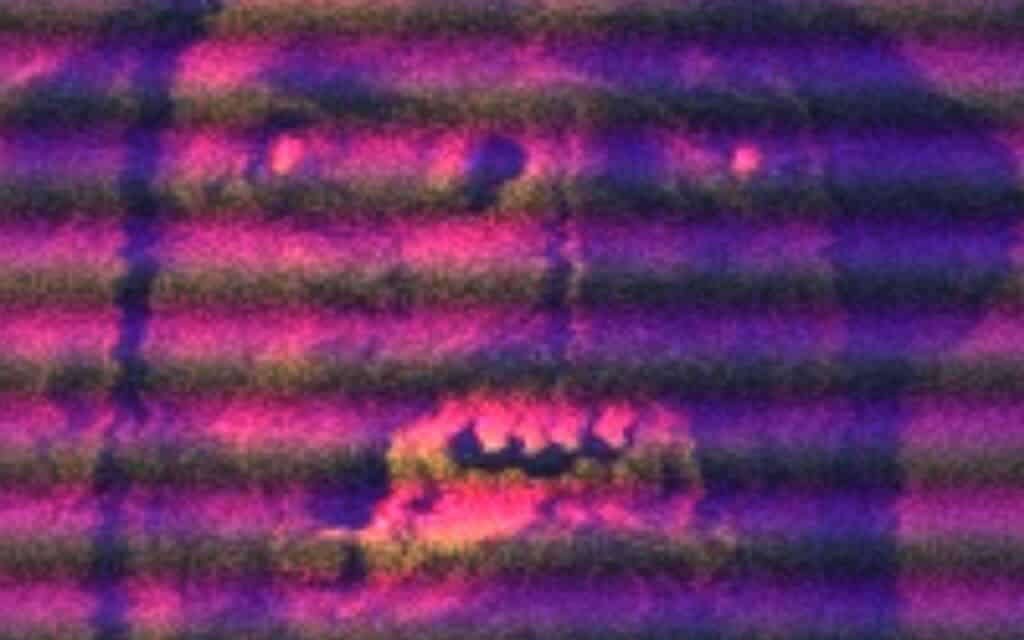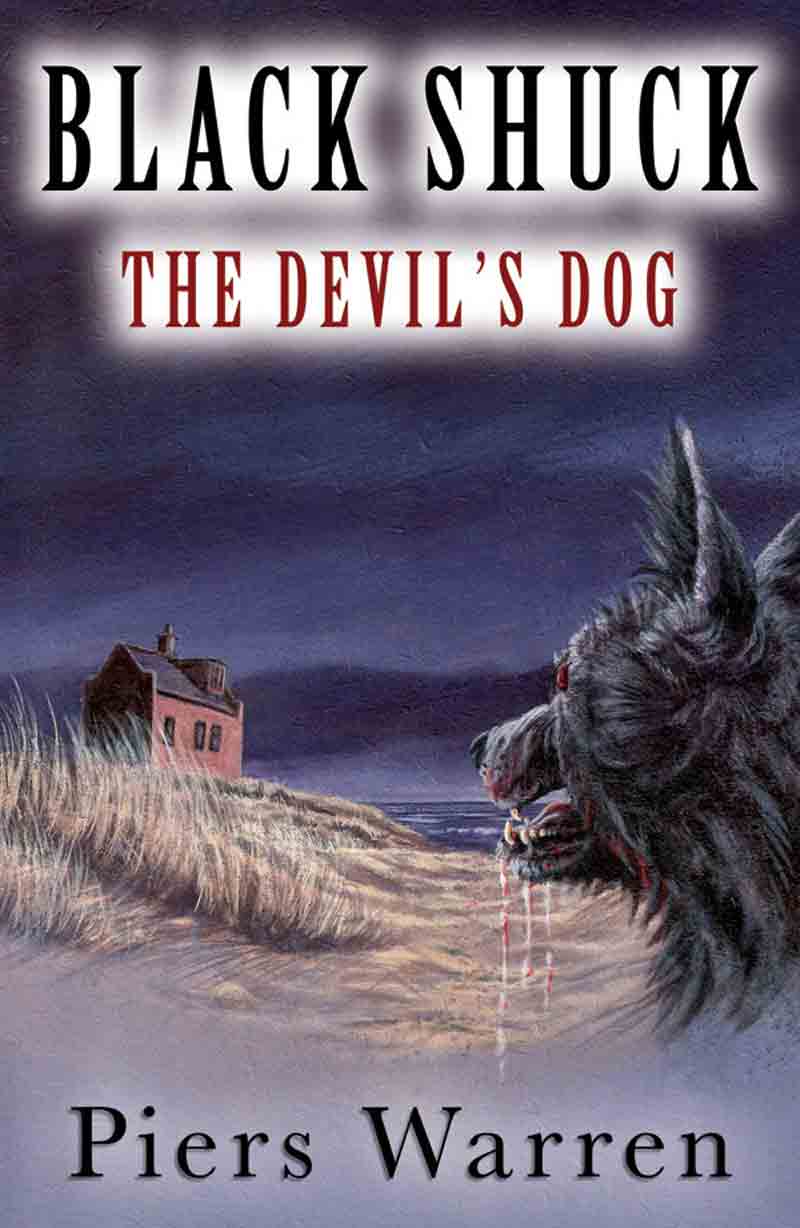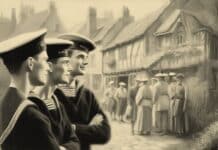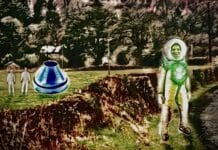Guest writer PIERS WARREN goes on the trail of Black Shuck to reveals where to find the beast’s haunts in East Anglia

For centuries Black Shuck has patrolled the coastal paths and villages of East Anglia – a spectral portent of death. The massive dog with a shaggy black coat and huge burning red eyes has been the source of many tales and legends. If you want to explore some of the places where Black Shuck has been encountered, here’s a guide to some top spots.
Bungay, North Suffolk
Your first port of call may be the small town of Bungay in the
As you explore the town you will find various reminders of Black Shuck in the form of weather vanes and other decorative metal-work.
Some local companies name themselves after the beast such as Black Dog Signs, and further afield you will find Black Dog Books in Norwich and East Anglian products such as Black Shuck gin, Black Shuck stout and various liqueurs.
Holy Trinty Church, Blythburgh
From there, travel to Holy Trinity Church in Blythburgh (IP19 9LP) where Black Shuck paid a visit on the same day as he struck St Mary’s in Bungay.
In similar style he killed and burnt people as he swept through the church, leaving black scorch marks on the inside of the north door which can be seen to this day.

Cromer, Norfolk
Then head north into Norfolk and proceed to the coastal town of Cromer, known as the heartland of Shuck’s territory.
The dog’s tracks are said to lead into the grounds of Cromer Hall (NR27 9JN), a large country house known for its outdoor concerts.
Sir Arthur Conan Doyle visited the house in 1901, while holidaying in Cromer and recuperating from Typhoid fever.
Here he heard of the legend of Black Shuck and following this wrote the most well known of his works: The Hound of the Baskervilles.
Cley, Norfolk
From Cromer, head west along the coast road and park at the beach car park in Cley (NR25 7RZ).
From here you can walk west along the shingle spit towards the old lifeboat house – an area known for many sightings of mysterious large black dogs. But be warned – take supplies and be prepared for a long hike – it’s four miles to end of the spit and tough going trudging through shingle.
About one and
Indeed, since writing the book, I have had numerous stories of sightings of massive black dogs sent to me from readers, and reports from those who actually read the book whilst staying in The Watch House and experienced long spooky nights.
You too can stay the building if you dare but, due to high demand, stays are limited to three days per booking. In a most curious method, bookings are only received by post, and opened on New Years Day to be awarded by first out of the box!
If you come across Black Shuck he won’t hurt you (probably), but legend has it that some time afterwards either you or someone in your family will die. So do explore his haunts but, for your sake, I hope you don’t come across him.
PIERS WARREN is an author and conservationist living in Norfolk. He is the founder of Wildeye, the International School of Wildlife










[…] eyes, shaggy fur and huge size are found in every county in the UK. They have many names such as Black Shuck, Padfoot and The […]
Investigations, show that this hell hound may have been a big cat.
Not, a large house or feral cat, but a panther sized feline.
If you read all the ‘eye-witness’ accounts documented over the decades and replace a big dog, with a large big cat, ait of the stories and tales make more sense.
The silent approach to travellers on the road, the firey eyes blazing, the huge leaps and bounds at the churches; as a servant of hell, the dog should not be able to enter a holy place, in theory.
The dragging of a huge chain behind it, may be a chain leash, to tether the big cat.
I do like this rural folk tale, and Hounds of the Baskervilles is a favourite film, but I would rather not meet Black Shunk, in any form.
You’re probably right, Kevin, but I’d like to think it’s a hound of hell rather than some escaped leopard or panther – it just sounds cooler! And I agree, I wouldn’t want to meet it either!
I saw this apperition late at night in the old part of the pub The Kings Arms, Blakeney!! I’d been drinking in with friends in a bedroom in the newer part of the pub. The bar shut at 21.30 and was returning to my room ( Bill’s flat), in the old part of the pub all lights were out! As I walked towards the door leading to the access to the staircase to my room, I turned the corner to be confronted by two blue eyes at the height of a large dog. I froze on the spot thinking if I moved whatever was confronting me might attack. I carefully scan the wall for the light switch and having located it switched it on, to find nothing there!! I can’t say I was petrified, but when I returned home the next day (Langham) I told my wife and daughter. My wife then told me of Black Schuk, my daughter google this and found an image of exactly what I’d seen to my amazement. It was just what I’d seen.???
Wow – how long ago was this?